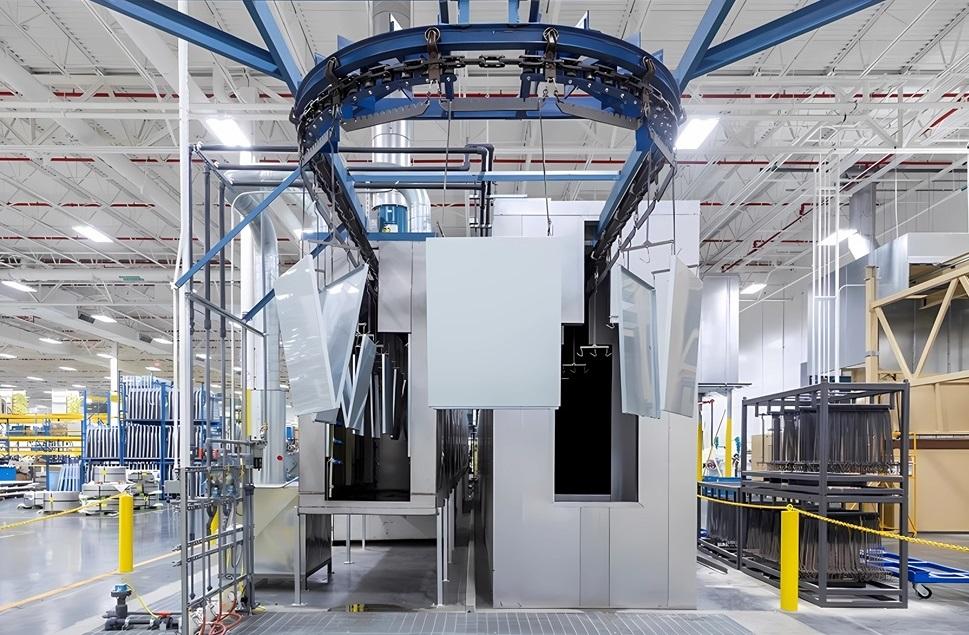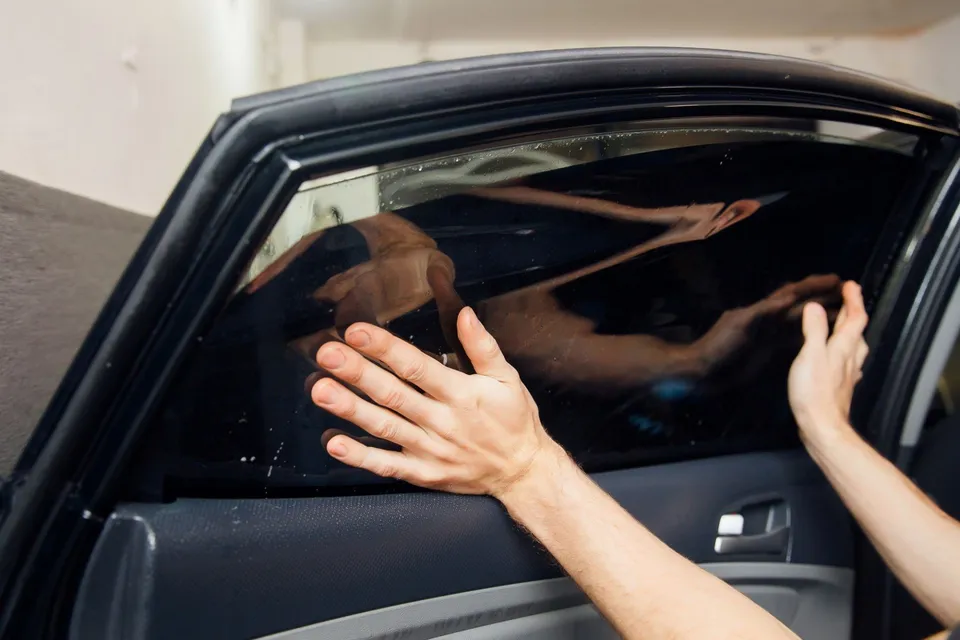Old wood floors hold a timeless charm that new materials can rarely match. Their imperfections, patina, and subtle marks tell stories of generations that have walked across them. Yet, with that authenticity comes responsibility. Caring for old wood floors requires an understanding of how aged timber behaves, how it reacts to moisture, cleaning products, and daily use. Proper maintenance can preserve these floors for decades while keeping their unique beauty intact.
The Nature of Old Wood Floors
Old wood differs fundamentally from new flooring. Over time, wooden planks expand, contract, and adapt to the conditions of the home they’re in. Reclaimed or antique flooring often has a thinner wear layer due to previous sanding, meaning it can’t be treated as aggressively as modern engineered floors. The grain may be uneven, the boards slightly warped, and the original finish long gone — yet all these features contribute to their charm.
Caring for such material means working with it, not against it. Every cleaning or refinishing decision should be made with restraint. The goal is preservation, not perfection.
Daily and Routine Care
Gentle cleaning and dust removal
The simplest and most effective form of care is consistent cleaning. Dust, sand, and small debris act like sandpaper and can gradually dull or scratch the surface. It’s best to sweep with a soft-bristle broom, use a microfiber mop, or vacuum with a floor-friendly brush attachment. Avoid hard bristles or vacuum heads with rotating brushes, as they can damage the finish.
Minimal moisture, maximum care
Water is the enemy of old wood. When mopping, use a barely damp cloth or a mop wrung out almost completely dry, together with a pH-neutral wood floor cleaner. Any standing water should be wiped up immediately to prevent warping or staining. Steam mops, harsh detergents, and ammonia-based products should never be used — they can strip finishes and raise the wood grain.
Preventing wear and surface damage
Prevention is a key part of maintenance. Place mats at entrances to catch grit and moisture. Attach felt pads to the feet of furniture and lift heavy items rather than dragging them. If you use rugs, choose natural materials and make sure the backing doesn’t trap moisture or cause discoloration.
Managing humidity and temperature
Wood constantly reacts to changes in air moisture. Too dry, and it shrinks, creating gaps; too humid, and it swells. Try to maintain relative humidity between 35% and 55%, and keep indoor temperatures stable. Humidifiers or dehumidifiers can help regulate the environment — an essential step if you live in regions with extreme seasonal variations.
Intermediate Maintenance
Refreshing the finish without sanding
When a floor begins to lose its sheen or show fine scratches, it may not require a full sanding. Instead, professionals often recommend a screen and recoat — a process that lightly abrades the surface with a fine mesh pad and applies a new layer of compatible finish. This restores luster and protection without removing too much material.
Localized repairs
In high-traffic zones or around furniture, damage can be localized. Replacing individual planks with reclaimed wood that matches in tone and grain can help maintain a consistent appearance. For small dents or cracks, a colored filler or wax can disguise imperfections while preserving the authentic texture of the old boards.
Buffing for renewed shine
If the finish is intact but dull, buffing the floor with a very fine abrasive pad (typically 180 grit) can restore the surface. It’s a minimal-intervention method that refreshes the coating and extends the lifespan between full renovations.
Full Renovation: When It’s Time for a Deep Refinish
Assessing whether sanding is appropriate
Not every old wood floor should be sanded. Excessive sanding can thin out the planks and destroy original details like beveled edges or hand-scraped patterns. Before starting, measure the thickness of the wear layer and evaluate whether the boards can handle it.
Sanding and stripping old finishes
If sanding is necessary, start gently. Professionals typically remove the old finish in several passes, beginning with a coarser grit and progressing to finer ones. The goal is to smooth the surface evenly without erasing the floor’s natural history. Vacuum thoroughly between stages to prevent dust from embedding in the new finish.
Choosing the right protective coating
The final finish determines both the appearance and durability of the floor. Options include water-based polyurethane for clarity, oil finishes for warmth and natural texture, or hybrid systems combining both. Modern low-VOC products are safer for indoor air quality and align with sustainable renovation standards.
Colour adjustment and blending
Sometimes, sanding exposes lighter raw wood beneath the old surface. Staining or toning can help harmonize color variations. The aim should be subtlety — enhancing, not disguising, the natural patina that gives old floors their unique identity.
Environmental and Long-Term Considerations
Old wood is not only beautiful but also sustainable. Restoring it instead of replacing it keeps historical materials in use and reduces demand for newly harvested timber. Each time you choose to maintain rather than remove, you contribute to a more circular approach to building and design.
Using eco-certified finishes and gentle, biodegradable cleaning agents further supports that philosophy. Avoid solvent-heavy products or finishes containing high levels of VOCs (volatile organic compounds), as they negatively affect both air quality and the environment.
Common Mistakes to Avoid
The biggest threats to old wood floors are over-cleaning and neglect in equal measure. Too much water, frequent scrubbing, or harsh chemicals can destroy the finish; ignoring maintenance allows dirt and wear to penetrate deeper. Sunlight is another hidden enemy — UV rays can fade or darken certain species. Rearranging rugs and furniture periodically helps ensure a uniform color over time.
Heavy furniture should always rest on protective pads, and any felt attachments should be checked regularly. Over time, dirt can accumulate under them and act as an abrasive.
Preserving Heritage Through Proper Care
Caring for old wood floors is both a practical and cultural act. Each plank is a fragment of architectural heritage, and maintaining it means honoring craftsmanship that might otherwise disappear. Regular care — gentle cleaning, controlled humidity, and mindful refinishing — allows these surfaces to age gracefully rather than deteriorate.
With the right balance of respect and technique, your old wood floors can continue to tell their story for generations to come, reminding everyone that true sustainability begins with preservation, not replacement.




